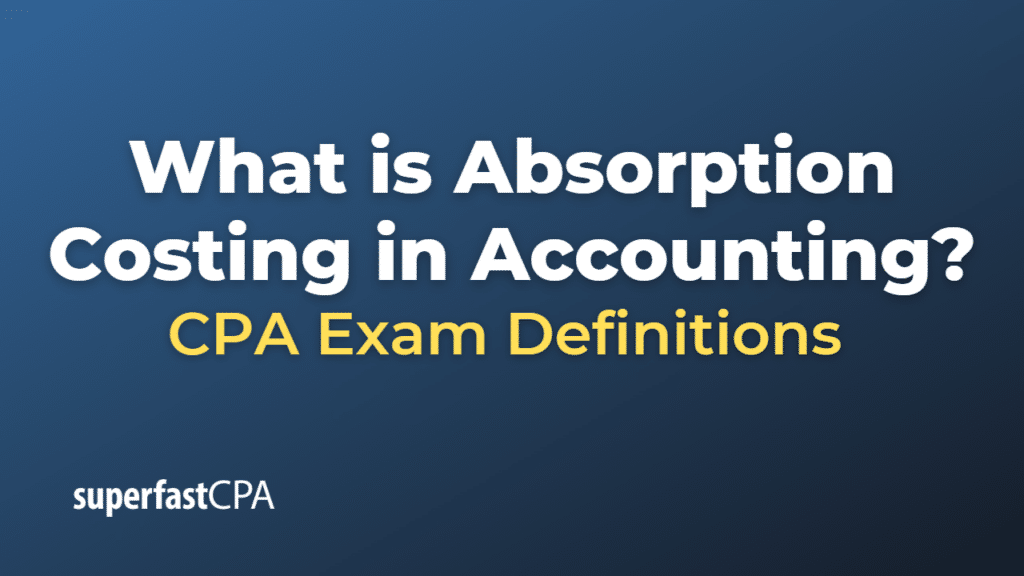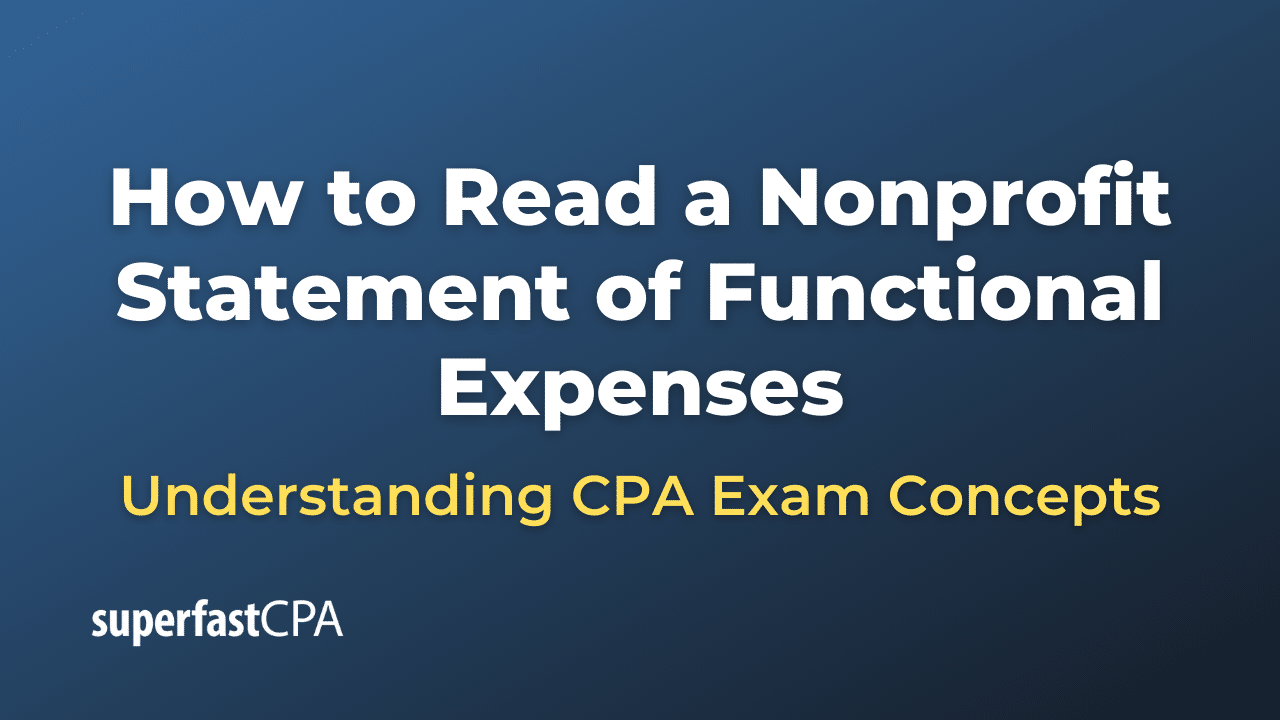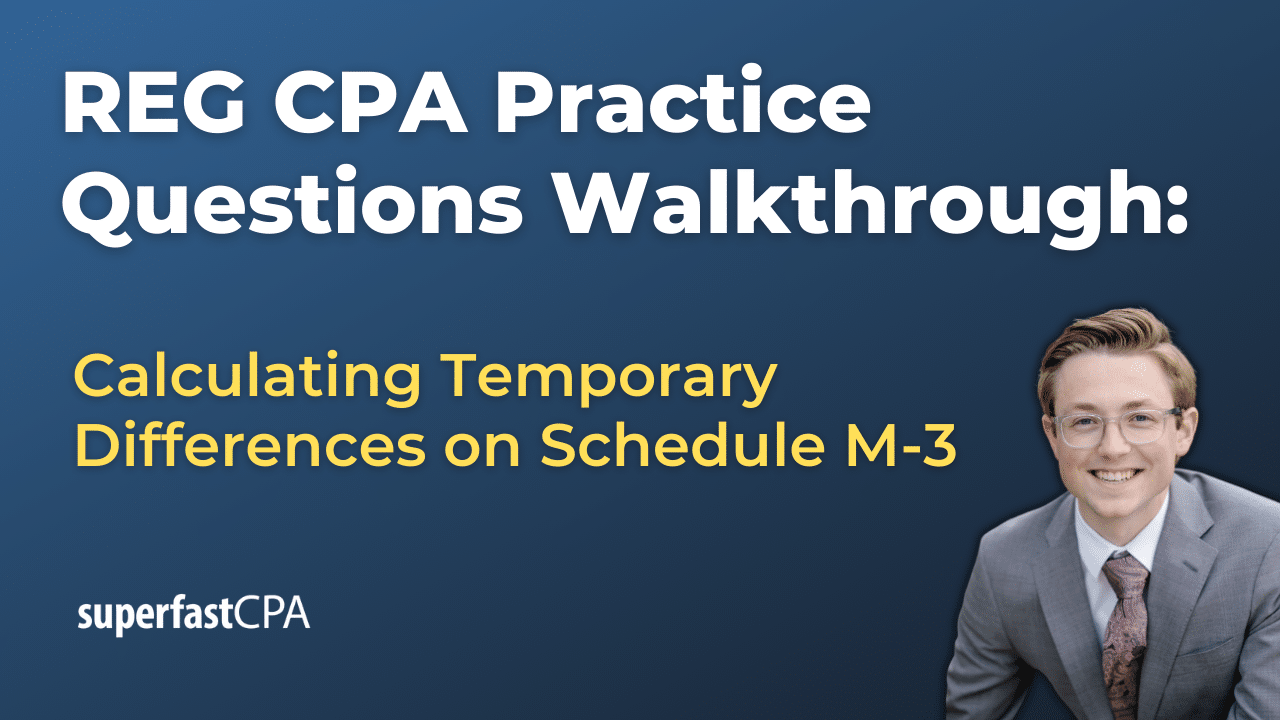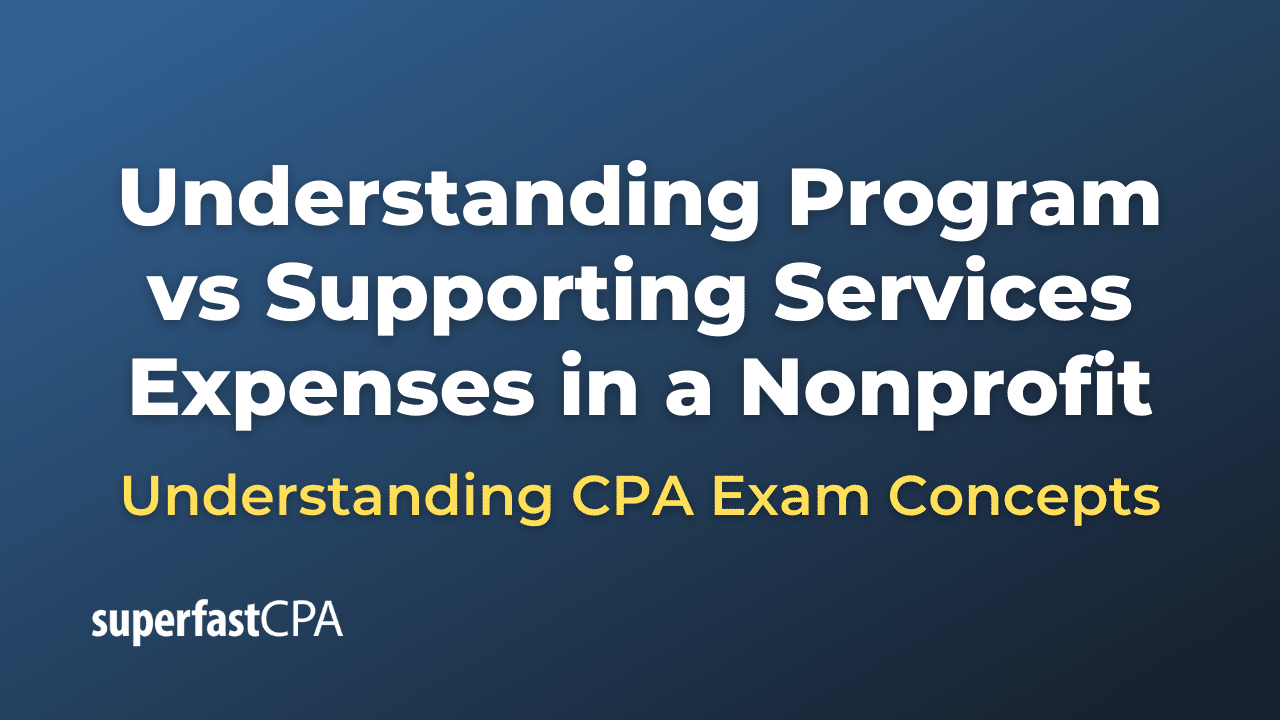Absorption Costing in Accounting
Absorption costing, also known as full costing, is a cost accounting method that assigns all direct and indirect manufacturing costs to the production of goods or services. The purpose of absorption costing is to accurately determine the total cost of producing a product or providing a service, which is essential for setting prices, evaluating profitability, and making informed management decisions.
Under absorption costing, all manufacturing costs are allocated to the products being produced. These costs can be classified into two main categories:
- Direct costs: These are costs that can be traced directly to a specific product or service. Direct costs include direct materials (raw materials used in the production process) and direct labor (wages and salaries of workers directly involved in the production process).
- Indirect costs or overheads: These are costs that cannot be directly traced to a specific product or service but are necessary for the overall manufacturing process. Indirect costs include factory rent, utilities, depreciation, insurance, and indirect labor costs (such as salaries of supervisors and other factory support staff).
In absorption costing, overhead costs are allocated to individual products or cost centers based on a predetermined overhead rate. This rate is calculated by dividing the total overhead costs by an appropriate allocation base, such as direct labor hours, machine hours, or production units. The resulting overhead rate is then applied to each product based on the actual consumption of the allocation base.
By using absorption costing, companies can better understand the total cost of producing a product or providing a service, which helps them set accurate selling prices, evaluate the profitability of different products or services, and make informed management decisions.
Example of Absorption Costing
Let’s consider a hypothetical example of a company called LMN Manufacturing that produces two types of chairs, Chair A and Chair B. The company uses absorption costing to allocate overhead costs to the products.
First, let’s gather some information:
- Direct material cost per unit: Chair A – $20, Chair B – $30
- Direct labor cost per unit: Chair A – $10, Chair B – $15
- Total overhead costs: $120,000
- Total direct labor hours: 12,000 hours
- Chair A: Requires 2 direct labor hours per unit
- Chair B: Requires 3 direct labor hours per unit
- Production: 3,000 units of Chair A and 2,000 units of Chair B
Step 1: Calculate the predetermined overhead rate Predetermined overhead rate = Total overhead costs / Total direct labor hours Predetermined overhead rate = $120,000 / 12,000 hours Predetermined overhead rate = $10 per direct labor hour
Step 2: Calculate the overhead cost per unit for each product Chair A overhead cost per unit = 2 direct labor hours * $10 per direct labor hour = $20 Chair B overhead cost per unit = 3 direct labor hours * $10 per direct labor hour = $30
Step 3: Calculate the total cost per unit for each product Total cost per unit for Chair A = Direct material cost + Direct labor cost + Overhead cost Total cost per unit for Chair A = $20 + $10 + $20 = $50
Total cost per unit for Chair B = Direct material cost + Direct labor cost + Overhead cost Total cost per unit for Chair B = $30 + $15 + $30 = $75
Now we have successfully calculated the total cost of producing each chair using absorption costing. Chair A has a total cost of $50 per unit, while Chair B has a total cost of $75 per unit. This information can help LMN Manufacturing set accurate selling prices, evaluate the profitability of different products, and make informed management decisions.














